cover photo by Pierluigi Fogliotti
 The information about this location have been automatically translated with Microsoft Translator. The information about this location have been automatically translated with Microsoft Translator. Rank : 10.0 (average on 2 votes)Coordinates : -12.916174, 48.587246 ( Open in Google Maps) Subjects : Grande Mitsio, also called simply Nosy Mistio, is part of the Mitsio archipelago which, being outside the mass tourist circuits, is untouched (it is an 80-year-old island and almost completely uninhabited reefs). Grande Mitsio is the largest island in the archipelago and is the only one to be permanently inhabited by indigenous peoples (about 1500 people, divided among numerous small villages), dedicated to fishing and growing rice and coconut palm. The island is extraordinarily beautiful and offers great photographic cues: landscapes, numerous geological formations, palm and baobab forests, marine fauna (coral reefs, dolphin sightings, whales, turtles), birdlife. One of the most interesting points of interest are the spectacular geological formations. On the southwest coast of the island you can admire the "Organ Reeds": these are columns of tubular basalt, of volcanic origin, which project vertically towards the sky reflecting in the sea, between baobab and vegetation that grows perched between the Rocks. On the walls of the Organ Columns and nearby nest sule, frigates, white-tailed fetuses and Madagascar's eagle fishers. In the north-eastern part of the island you can admire the rock known as Rocher Bateaux: again it is a basaltic formation, located a few hundred meters off Nosy Mitsio, which resembles in profile a ship. In addition to the landscapes and endemisms of flora and fauna it is possible to contact the local populations, very hospitable, who offer interesting ethnographic ideas.Recommended equipment : Depending on the subject, from the wide-angle to the canvas to the super canvases. Geological formations certainly deserve aerial footage with drones. Underwater photography equipment is recommended (even minimalist equipment provides excellent results, given the clarity of the water, the shallowness and the brightness of the seabed)Best months : The best time is from April to November. At the end of June/July (period when I went) there are the baobabs in bloom, absolutely not to be missed. In October/November, whales pass through. Avoid from December to February, rainy period.How to get there : Grande Mitsio is outside the tourist circuits and reaching it is very difficult: first you have to get to Nosy Be (there are weekly direct flights connecting Italy). From there you can set off by catamaran (the best way to calmly explore the entire archipelago) or, if you are a guest of the resort in Nosy Tsarabanjina, you can book an excursion to Grande Mitsio.Visits : Landing is freeNotes : | | Nearby:   Nosy Karabo 9 km
 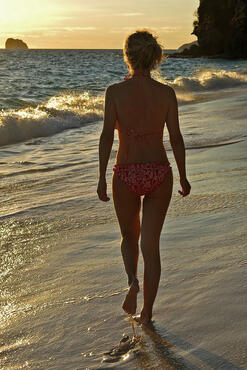 Nosy Tsarabanjina 13 km
 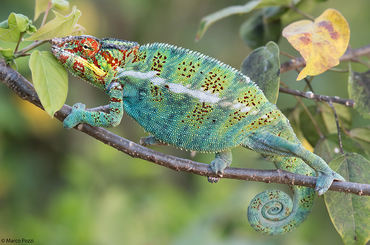 Nosy Be 57 km
  Lokobe Reserve 61 km
 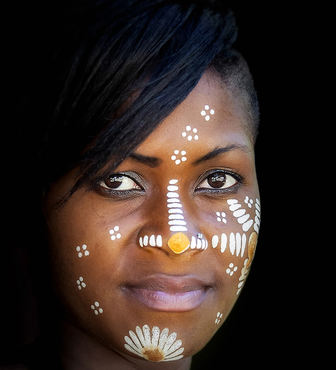 Nosy Sakatia 62 km
 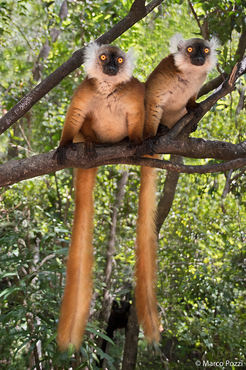 Nosy Komba 67 km
|

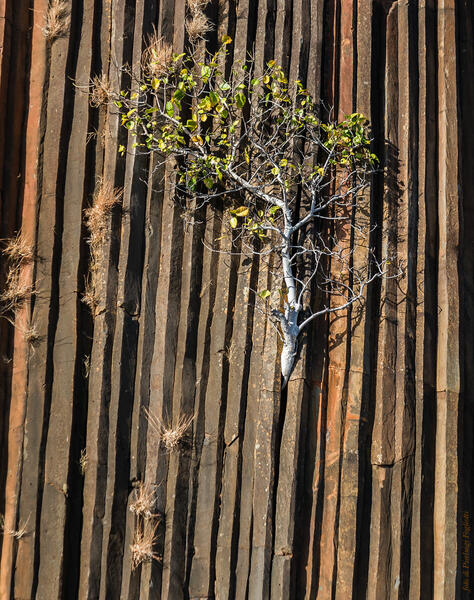

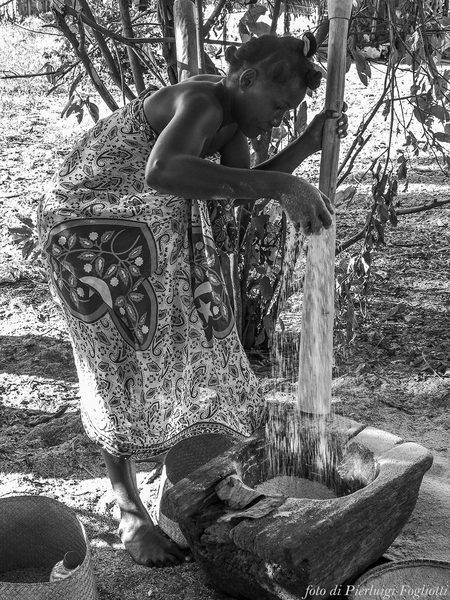

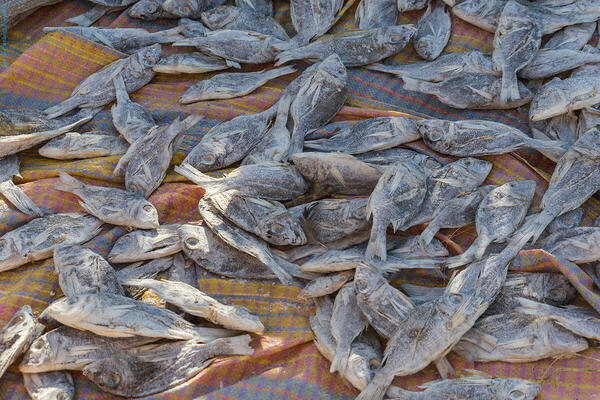

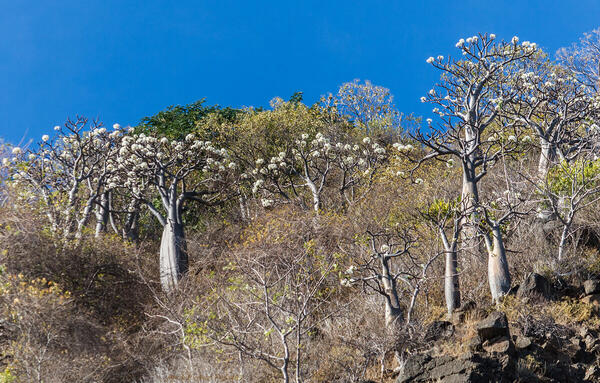
 JuzaPhoto contains affiliate links from Amazon and Ebay and JuzaPhoto earn a commission in case of purchase through affiliate links.
JuzaPhoto contains affiliate links from Amazon and Ebay and JuzaPhoto earn a commission in case of purchase through affiliate links.